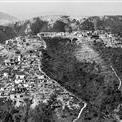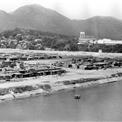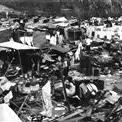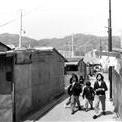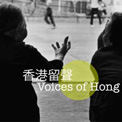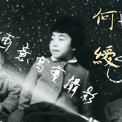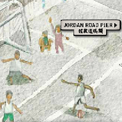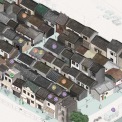In 1949, the political instability in China had resulted in large influx of migrants into Hong Kong. By the early 1950s, the squatter population was estimated to be 300,000 out of a total population of two million. Squatter structures occupying government land which was ready for development were cleared. Government had already set aside four ‘Designated Areas’ where the squatters might put up in an orderly arrangement of huts of standard design. These areas, located at Mount Davis, Shau Kei Wan, King’s Park(Ho Man Tin) and Lai Chi Kok, were relatively remote from the main built-up areas and were not popular. They were also not big enough to accommodate all the incoming squatters who were erecting structures on hillsides at the periphery of the urban areas. In 1951 a new policy was established. A number of small areas were recognized for ‘approved’ type resettlement structures and were meant for people with some claim as residents of Hong Kong. Accommodation would be in semi-permanent bungalows which had to conform to some structural standards laid down (mainly concerned with fire resistant construction). There were also a couple of large ‘Tolerated Areas’ which was designated for the rest of the squatters and there was little control on the type of structures (in most cases wooden huts) erected except in respect of roads, firebreak, and communal water supply and latrines. As these ‘Tolerated Areas’ were in the more remote areas of the city, this created problems of access for work and daily life necessities.
Nevertheless, these measures could not be regarded as successful. Construction cost of huts of both ‘Approved Areas’ and ‘Tolerated Areas’ was high, quite beyond the means of most of the squatters. The location of these areas was also remote from the main urban area. Consequently, squatter areas kept on appearing on hillsides and were quite beyond the control of the authority.
Another type of temporary housing was ‘Licensed Areas’ (redesignated as ‘Temporary Housing Areas’ in the early 1980s). Families could erect their own huts that contained basic services, after they were made homeless due to demolition of their squatter huts which were built on government land, private land or roof-tops after 1964. Compared with ‘Approved Areas’ and ‘Tolerated Areas’, these ‘Licensed Areas’ were usually located in some more accessible sites.
Nevertheless, these measures could not be regarded as successful. Construction cost of huts of both ‘Approved Areas’ and ‘Tolerated Areas’ was high, quite beyond the means of most of the squatters. The location of these areas was also remote from the main urban area. Consequently, squatter areas kept on appearing on hillsides and were quite beyond the control of the authority.
Another type of temporary housing was ‘Licensed Areas’ (redesignated as ‘Temporary Housing Areas’ in the early 1980s). Families could erect their own huts that contained basic services, after they were made homeless due to demolition of their squatter huts which were built on government land, private land or roof-tops after 1964. Compared with ‘Approved Areas’ and ‘Tolerated Areas’, these ‘Licensed Areas’ were usually located in some more accessible sites.


